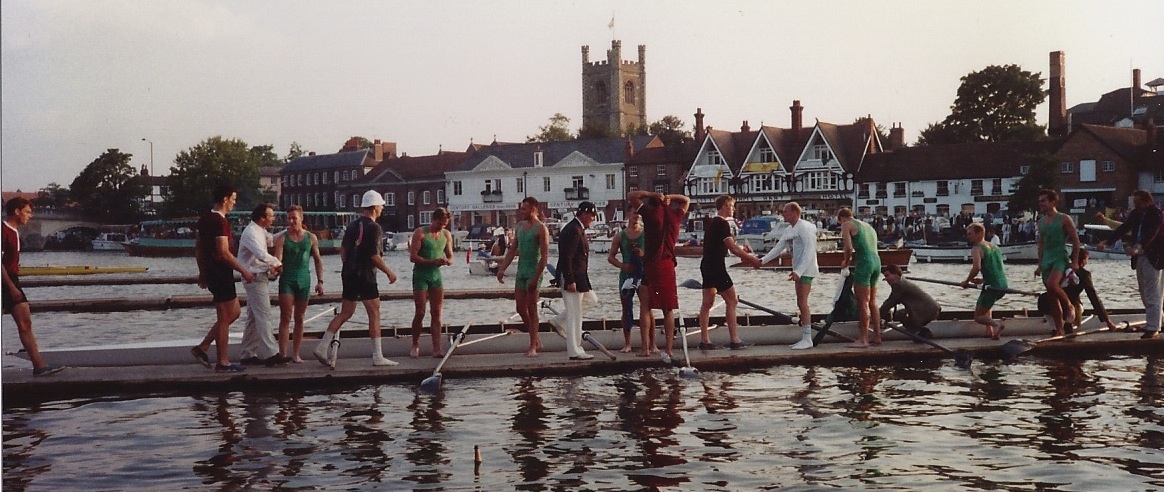Speculation that the first state visit by a British monarch to the Republic of Ireland will take in Croke Park prompted this thoughtful piece in the Irish Times on the position of sport in the often turbulent relationship between the islands of Ireland and Great Britain.
Croke Park is the spiritual home and headquarters of the Gaelic Athletic Association. The GAA was established as the ‘Gaelic Athletic Association for the Preservation and Cultivation of National Pastimes’ on 1 November 1884 partly in response to the growing popularity of sports such as soccer and rugby that had been codified in Victorian England. The Football Association had been established in 1863 before rugby formally broke away as a separate sport in 1871. By the time the seven founders of the GAA met at the Hayes Hotel, Thurles, Ireland had already made its international debut in rugby – against England at the Oval in February 1875 – and soccer, under the auspices of the Belfast-based Irish FA, at the Knock Ground, Bloomfield in February 1882.
Today, the GAA embraces and promotes gaelic football, hurling, and handball.
Since its founding, the GAA has demonstrated a dogged determination to fulfill its remit to preserve Irish sporting culture. Until as recently as the 1970s, a GAA member caught playing soccer, rugby or cricket could be stripped of their GAA membership. Rule 42 of the Association’s constitution prohibited the use of GAA property for games deemed to be in conflict with the GAA’s interests – most commonly interpreted to include association football, rugby and cricket. The suspension of this rule in 2005 paved the way for Croke Park to host major rugby and soccer matches during the redevelopment of Dublin’s Landsdowne Road between 2007 and 2010.
An indication of the Association’s success is the fact that with a capacity of 82,300, Croke Park is the third largest stadium in Europe – after the Barcelona’s Camp Nou and Wembley.
The stadium is invariably packed for the annual All-Ireland finals in Gaelic football, hurling and camogie. The 82,208 people who attended rugby’s Heineken Cup semi-final between Munster and Leinster on 2 May 2009 set a world record for attendance at a club/provincial rugby match.
Even in a proud republic, the stadium which is the mecca for Gaelic sport enthusiasts is a sporting landmark fit for a queen.



